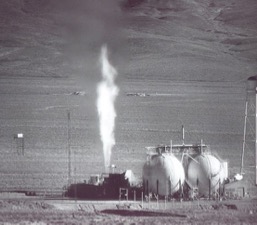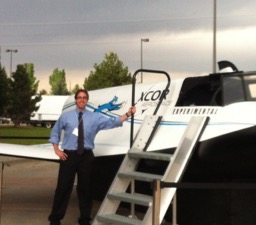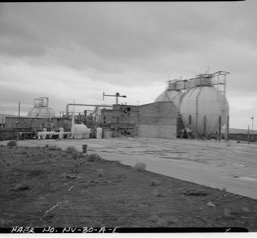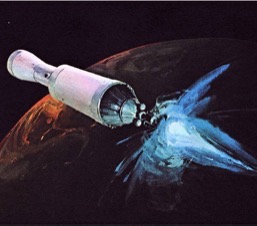RESEARCH PROJECTS
Suborbital Spaceflight Human Factors
From preflight fitness research for future space professionals to assessing spacecraft habitability for private spaceflights; and from microgravity product testing to promoting the history of commercial space exploration in the state of Nevada, Ben is currently working on the niche science of commercial spaceflight support services, human factors, and suborbital aerospace consulting.
More information is available here.
Dust Devil Mars Analog Research
Determining the fate of thermal-vortex-lofted sediment, particularly as it relates to planetary environments, has become a primary research focus of Ben’s. This has included three field seasons in one of the world’s most-studied Mars analogue sites supporting Dr. Steve Metzger, (the planetary geologist who discovered dust devils on Mars), in the Eldorado Valley Dust Devil Project. Current work focuses on the use of legacy radionuclides as dust devil tracers.
Video footage he collected can be found here. (A similar and more informative NatGeo video covering the project is available here.)
Naturally-Supercooling Rivers and Anchor Ice
Contrary to popular belief, water is perfectly “happy” at a temperature beneath the freezing point. When these conditions occur, “anchor ice,” or ice that sticks to the stream bed, can form. As this anchor ice grows, lifts, breaks away, and “rafts” downstream with rocks still attached, it not only violates how we understand streams normally move sediment, but it can also wreak havoc with hydroelectric dams, block off nuclear powerplant coolant intakes, and leap-frog radioactive material downstream from a contamination site.
An old website Ben created for the project is available here.
Glacier Exploration, Hydrology and Planar Voids
During the summer of 2003, I participated in the Bench Glacier Project, a multi-year, multi-university study to determine how temperate glaciers store and route water, with implications for understanding climate change on our world (and others!). As the borehole video researcher, I was given the opportunity to explore more than 7 kilometers of the glacier’s interior, discovering planar voids that - according to conventional glacier models - shouldn’t exist.
A rough documentary Ben created for the project can be found here.
The Bench Glacier Project website can be found here.
Space Archaeology and Xenoarchaeology
The scientific study of archaeology will ever onward encompass advanced spaceflight technology. By evaluating space technology archaeologically, not only can otherwise lost technologies be preserved until the socio-political climate favors their use, but much more can be learned both about how to encourage spaceflight achievements as well as what it is humanity is communicating into the rest of the cosmos via a spacecraft itself. Such evaluations will also engender the future capability to evaluate similar hypothetical technological artifacts of non-terrestrial origin (xenoarchaeology).
More information is available here.
Nuclear Space Propulsion Systems
The Nuclear Engine for Rocket Vehicle Applications (NERVA) program was a joint NASA/Atomic Energy Commission effort that successfully developed a Mars-capable propulsion system during the 1960s. Despite its age, the technology is twice as powerful (specific impulse) as modern chemical rockets. Consequently, it may (ironically) be this nuclear technology that enables astronauts to avoid undue space radiation doses during upcoming Mars missions.
Ben is currently involved in graduate work proposing new designs for atomic thrusters and NERVA testing. Find more information here.


Copyright (C) 2015 Benjamin McGee.









